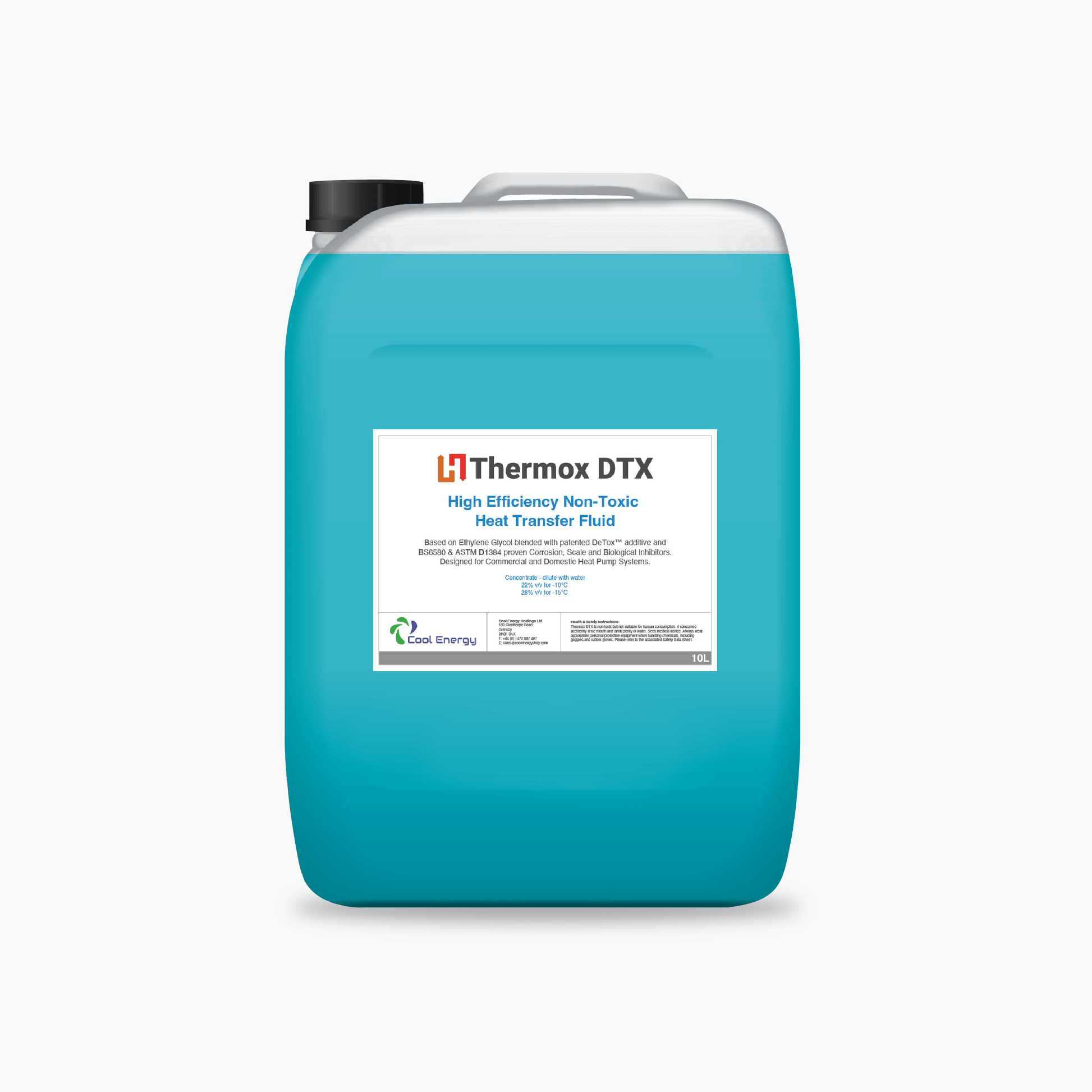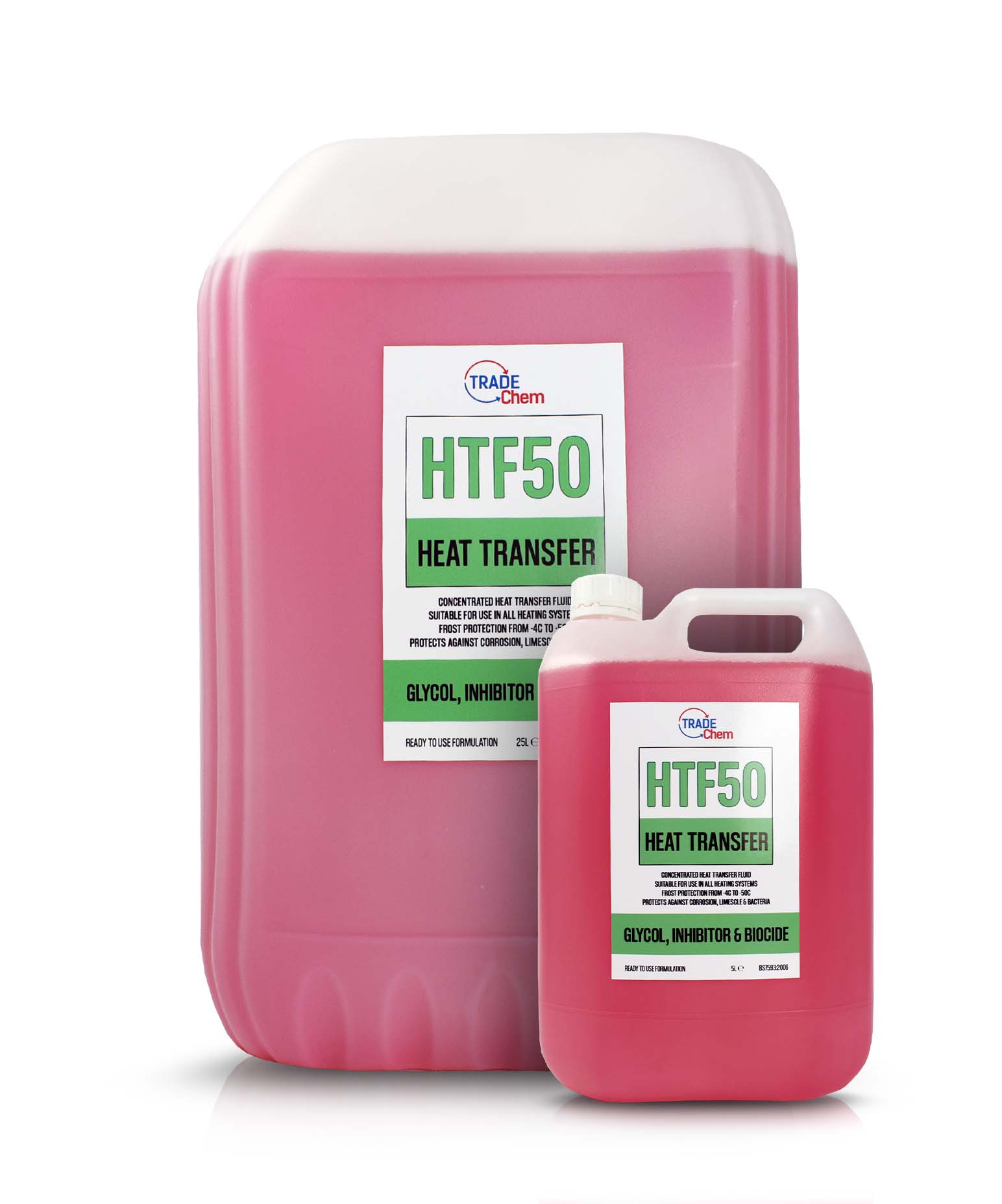Why Heat Transfer Fluid Is Necessary for Optimizing Energy Transfer in Systems
The function of heat transfer fluids in maximizing power transfer is essential for accomplishing reliable thermal administration throughout numerous commercial industries. These fluids help with seamless warm exchange, making certain processes run within optimum temperature arrays and alleviating the risk of getting too hot. Their selection, based on elements like viscosity and thermal stability, directly influences the efficiency and sustainability of a system. The details of selecting the appropriate fluid are typically underestimated. What are the important factors to consider for this option, and how do they impact both financial efficiency and ecological responsibility in commercial applications?

Duty in Thermal Management
Warm transfer liquids play an important duty in thermal administration by effectively managing temperatures in various industrial procedures and systems. These specialized fluids assist in the transfer of warm in between different components, guaranteeing optimum operating problems and preventing overheating. By preserving specific temperature control, heat transfer liquids make it possible for industries such as chemical production, oil and gas, and power generation to operate securely and successfully.
The choice of a suitable warm transfer fluid depends upon several factors, including thermal security, heat capability, and viscosity. High thermal security makes sure that the fluid can stand up to extreme temperature levels without breaking down, while a high warmth ability allows it to soak up and launch substantial quantities of warm - heat transfer fluid. Low thickness minimizes the power required for pumping, adding to overall system performance
Furthermore, warmth transfer fluids are important in applications like refrigeration, where they aid soak up and dissipate warmth throughout the cooling cycle. In solar thermal power systems, these liquids capture and transportation solar warm to produce power or supply warm water. Their flexibility to diverse operating conditions and ability to preserve consistent thermal performance highlight their relevance in commercial thermal management, helping with operational continuity and enhancing precaution.

Enhancing System Effectiveness
To optimize the benefits of thermal administration, improving system performance with the strategic use warm transfer fluids is vital. These liquids play a vital duty in enhancing power transfer by facilitating regular thermal law, which in turn impacts the general efficiency and durability of systems. Efficient warmth transfer results in reduced energy losses, minimized functional costs, and enhanced integrity of equipment. By maintaining optimal temperature level degrees, heat transfer fluids aid ensure that systems operate within their made specifications, thereby preventing overheating and reducing the threat of element failure.

Kinds Of Warmth Transfer Liquids
The diversity of warmth transfer fluids emphasizes their crucial duty in a variety of industrial applications, each tailored to fulfill particular thermal monitoring demands. These fluids promote reliable power transfer and are chosen based upon essential residential properties such as thermal security, thickness, and heat capacity. The primary kinds include water, glycol options, oils, and synthetics, each offering unique advantages.
Water is the most typical heat transfer tool due to its high specific warmth capacity and reduced cost. Mineral oils are favored for their thermal stability and non-corrosive nature, making them ideal for high-temperature applications.

These fluids guarantee remarkable efficiency in systems where typical liquids may fall short. look at this now The selection of a warm transfer liquid is vital, as it affects system performance, safety and security, and durability.
Environmental and Economic Benefits
Using the best warmth transfer liquids provides substantial ecological and economic advantages for industrial operations. Ecologically friendly heat transfer fluids, often naturally degradable and safe, minimize the threat of soil and water contamination in the event of leaks or spills, therefore safeguarding ecosystems and conforming with strict ecological policies.
Financially, the ideal warm transfer liquid can dramatically decrease functional costs. Liquids with extended lifecycle performance decrease the regularity of replacements and upkeep, minimizing downtime and connected prices. In general, the calculated use of optimum heat transfer fluids supports sustainable financial development and ecological stewardship.
Choosing the Right Fluid
Just how does one navigate the complex procedure of choosing the right warmth transfer fluid for industrial applications? Selecting the proper fluid is crucial, as it directly affects system performance, security, and functional costs. Secret factors to consider consist of thermal security, compatibility with system products, and operating temperature variety. Thermal stability ensures the liquid can withstand high temperature levels without degrading, while compatibility prevents deterioration or other detrimental responses with system parts. The operating temperature level array must line up with the system's needs to keep efficiency and durability - heat transfer fluid.
Additionally, the fluid's warmth ability and viscosity are vital. A high warmth ability enables the liquid to soak up and move even more power, boosting effectiveness.
Verdict
The critical selection and application of warm transfer fluids are essential to maximizing energy transfer across various systems. By guaranteeing high thermal security and capability, these fluids provide accurate temperature control and improve general helpful resources system performance. This optimization contributes to reduced operational costs and lower greenhouse gas exhausts, therefore promoting sustainability. The selection of fluid, customized to certain thickness and functional demands, is essential for optimizing performance and accomplishing financial and ecological advantages in commercial processes.